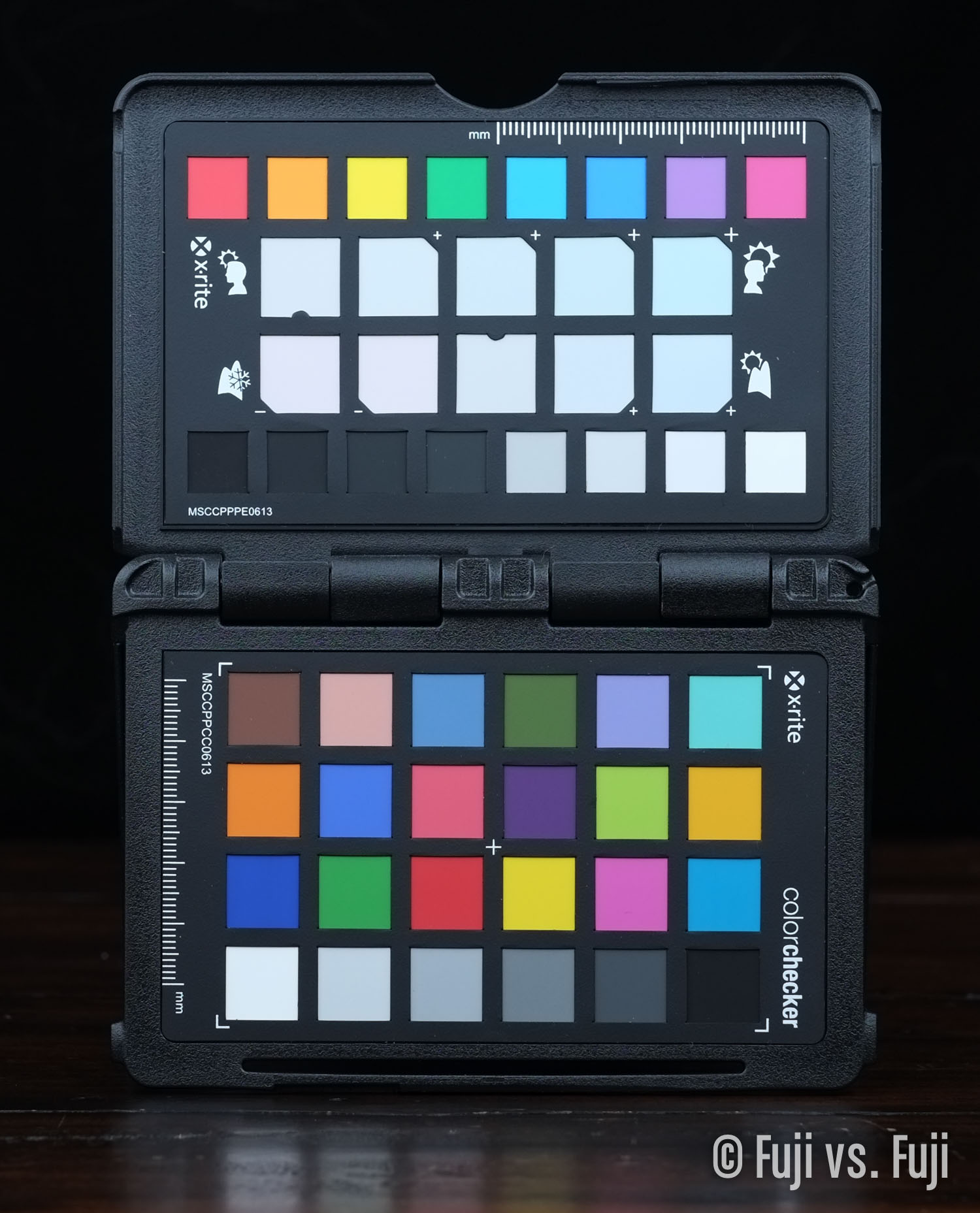The age old question. Brand spankin’ new camera comes out with a brand spankier new one rumoured to be on the way. Do you buy the new X-T1 hotness or wait for the next new hotness?
The answer to this sort of question ultimately comes down to what you can afford—no to mention your appetite for the constant torrent of upgrades, which we’ll mostly leave out from this post—but one thing I find slips the minds of a lot of photographers (and their Significant Others) is the real cost of any camera gear.
Your cost - What you sell it for = Actual cost
This brings me to a question I was asked on Twitter shortly after posting my review of the X-T1 that I imagine many Fuji fans are pondering as well:
If I have an X-Pro1, should I (buy the) X-T1 or hold for the X-Pro2?
For me, it’s an easy question to answer, but let’s talk it through for fun. The earliest of X-Pro successor rumours say end of 2014 for an announcement with a ship date in early 2015. That’s a full year away. A year of enjoying the very best Fujifilm has to offer before you decide if the X-Pro-Whatever is actually the camera you want. The X-T1 is a massive upgrade over the X-Pro1 and X-E1, even with the firmware updates Fuji keeps throwing at them.
Of course, there are two ends of the spectrum in how you approach upgrade cycles with a bunch of variances in the middle:
- Upgrade early and often: You’ll always have the latest and greatest, which is nice, and the best your chosen camera platform(s) has to offer.
- Stick with what you know: Upgrade only when you absolutely have to. Your camera will be an extension of your hand and eye, and you will attain omnipresent supergalactic oneness with your photography.
Both are valid. I’m ever trying to find the right balance between the two. I think there’s a special case to be made for at least two Fuji bodies:
- The X-Pro1: It has been out an awfully long time, and was their first interchangeable offering. A great deal has changed since it came on the scene and Fujifilm cameras have improved significantly. Conventional wisdom is to skip a generation when upgrading, but I doubt many people who owned Nikon D1’s passed on the D2 line of cameras. Thus, I wouldn’t blame anyone for taking an X-T1 steppingstone along their path to the X-Pro2.
- The X100: It, and the X100S share a lot of functionality. Selling an X100 to fund the purchase of an X100S will not leave you fumbling with controls as you struggle with a learning curve. You’ll just have faster focus and better overall image quality. Not to mention a black version for the same price.
The one upgrade I think some people could have passed on is the X-E1 to X-E2. I imagine those who waited for the X-T1 are feeling pretty good about their decision right now, and they still have a very capable camera that will produce the same image quality as the new(er) X-E2. As a matter of fact, all my tripod-based photography is still done with an X-E1 because I haven’t wanted to pay the exorbitant shipping costs to get a Really Right Stuff L-plate. You see? Balance.
Back to the question at hand
Should you buy the X-T1? If you have an X-Pro1 or X-E1, my answer is, if you can afford it, yes. No question. It’s a massive upgrade over what you have and the glowing reviews are well earned.
If you have an X-E2, that all depends on whether or not you need a weather sealed body. If you don’t, the X-E2 will continue to suit your needs very well. Even better pretty soon it would seem. Focus is quicker on the X-T1, but it’s pretty darn swift on the X-E2 as well.
Whether you have an X-E2 or X-T1, if you think the X-Pro2 is what you’re really going to want, sell your current body when it comes out and buy it. Surely the couple hundred dollars you might lose on the sale is worth a year of use. Think of it as an extended rental. The bottom line is, it’s tough to make a bad decision with Fujifilm’s latest body lineup. They’re all going to produce great images. Your choice comes down to performance. And remember:
Your cost - What you sell it for = Actual cost













